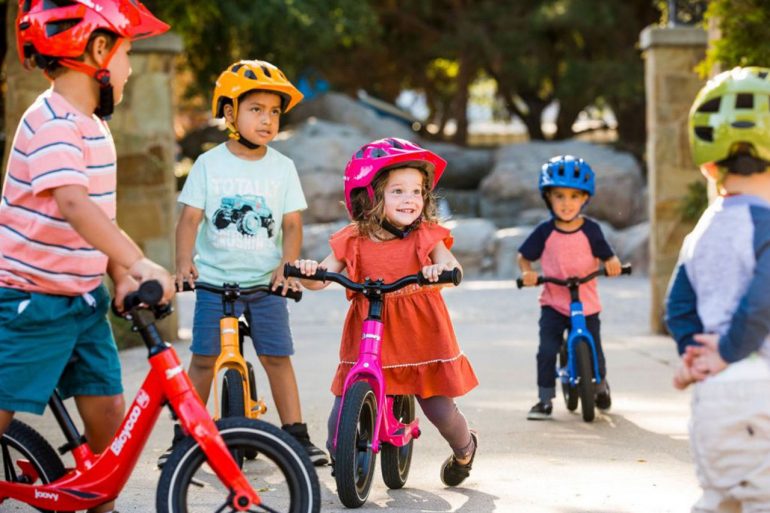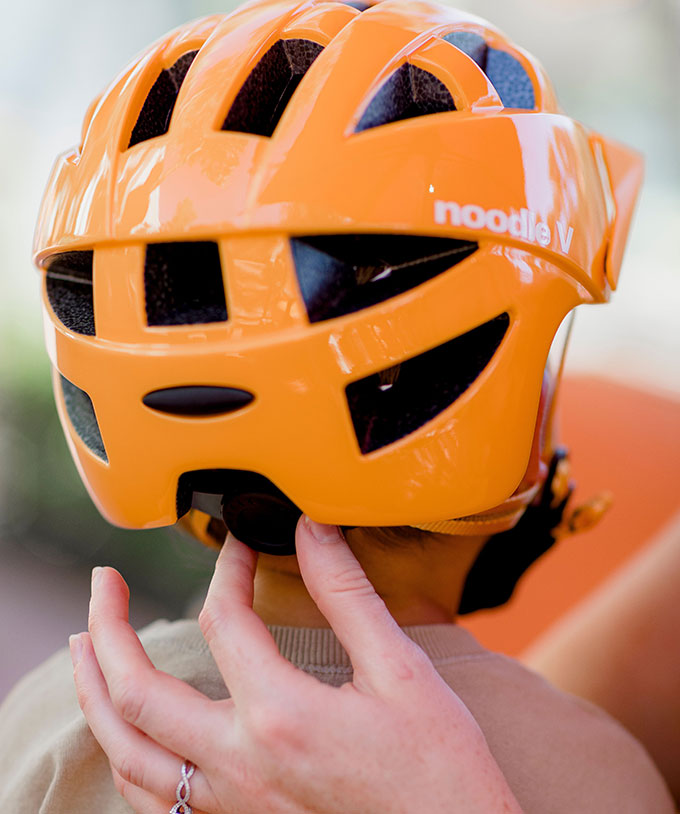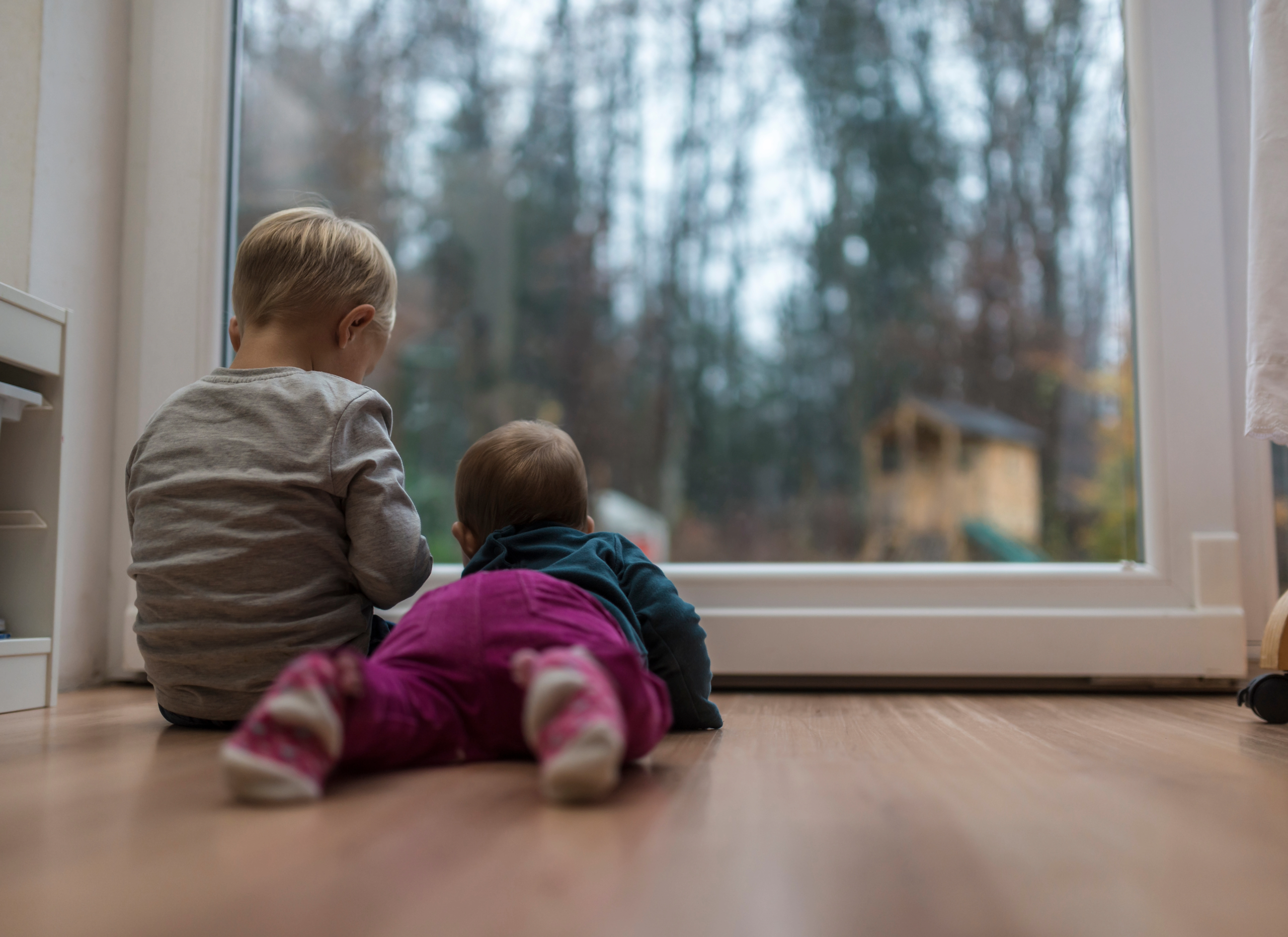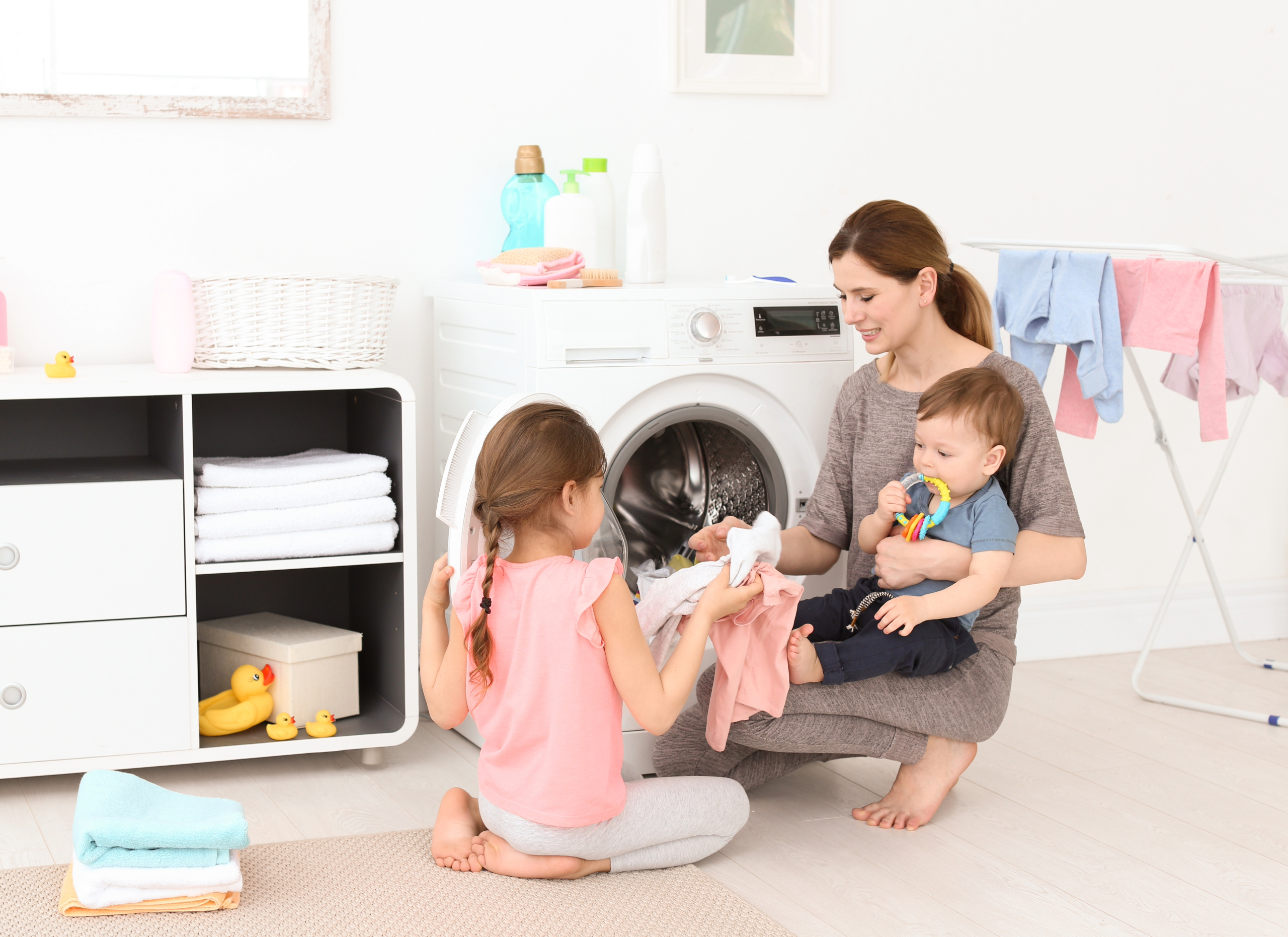How to Pick the Best Bike Helmet for your Child?
When it comes to your child’s head… safety is the most important thing! But when you are helmet shopping for a baby or toddler, you have so many factors to consider; durability, fit, and use… That is why understanding what you are buying when you purchase kids’ bike helmet is essential. Let’s walk through these 3 basic things to consider when shopping for helmets this Holiday Season.
Construction
In-mold or Hardshell… What the heck does it mean, and what do you need to get to keep your kiddo’s head safe? First off, all helmets sold in the US are CPSC-certified, which means that they have passed the Consumer Product Safety Commission standard of safety upon impact. However, some have additional coverage of the back or sides of the head.
In-Mold VS Hardshell
In-mold options can come as 1-piece, 2-piece, and more!. They tend to be more expensive as their construction is a bit more intricate. They mostly consist of a polycarbonate outer shell bonded to the EPS foam layer on the inside, thus creating a single piece. These helmets are known for their durability and better ventilation. Hardshell helmets tend to be a more affordable option as the construction is more straightforward. In this construction, the EPS foam is cast separately from the outer shell, and the two are combined by glue or lamination. Again, this option is safe and passes the exact safety requirements as an in-mold. It is simply a more cost-effective option that could wear down over time.
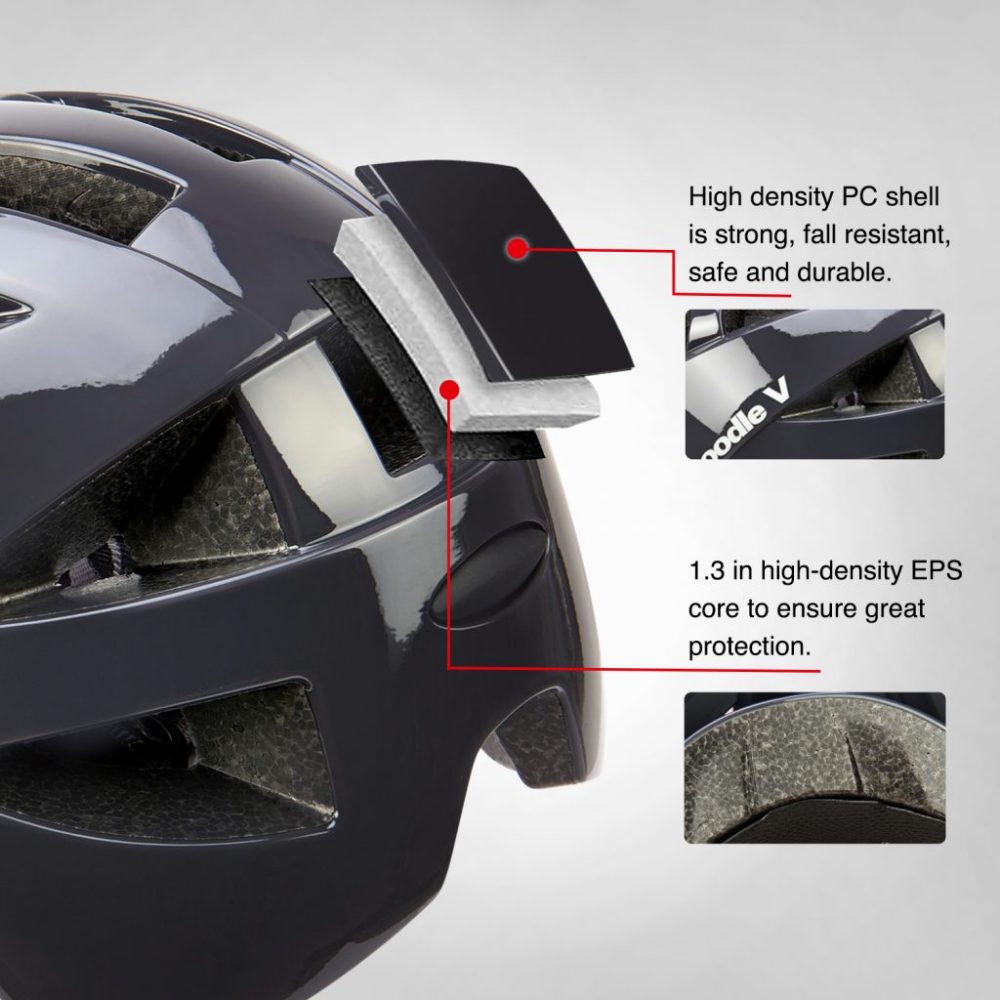
Visor & Vents
As you look for your child’s next helmet, take into account that there are two major options for visors. Many helmets came with a detachable visor that is longer and provides additional sun protection. These are easy to take off and put back on your child’s helmet. You can also find helmets with a built-in visor. This type of visor is easy as it is in the body of the helmet and cannot be misplaced or lost yet they still provide a little protection from the sun.
The last important component of the construction to consider is ventilation. As you compare your top picks. take into account how many vents the helmets have. A helmet with fewer vents is going to provide less ventilation for your child. The inner lining of helmets, while it provides comfort, is also a part of the ventilation mechanism. It reduces sweat and draws it away from your child’s helmet. So be sure to take a look at these elements when shopping.
Fit
This is arguably the most important thing to consider when shopping for helmets for your younger kids. Their experiences with their first helmet will often set the tone for how your child feels about helmets moving forward. Make sure that you follow these easy steps to make sure you give them the comfort they need to love wearing their helmets:
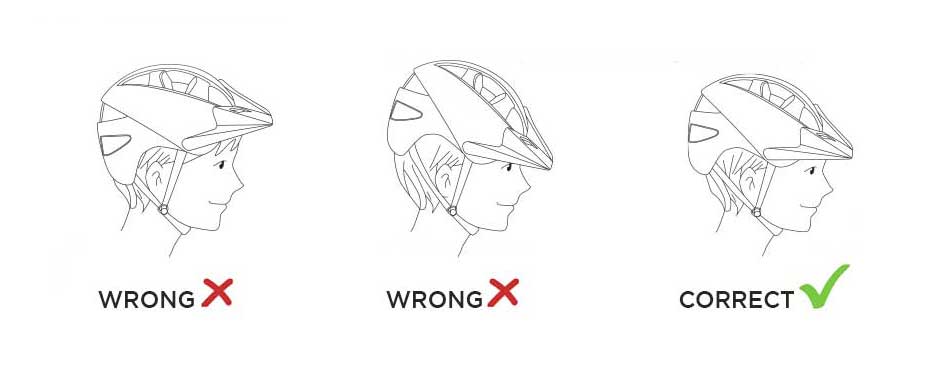
Measuring Before Purchasing and Adjusting
To measure your child’s head, you can use a cloth tape measure. If you don’t have one handy, you can sub this out for a piece of twine or string and a yardstick or ruler. Wrap the tape around your child’s head at the forehead while maintaining it at the same height the entire way around their head. Once you have your helmet, it is vital to ensure that you have adjusted the fit as needed.
You can start by opening the dial located at the rear of the helmet. Place the helmet on your child’s head, about 2 inches from the top of their eyebrows. Next, adjust the straps so that their ear sits centered in the V-shape of the side straps. The chin strap should be snug enough that you can only fit one or two of your fingers between their chin and the strap. The chin pad should sit on the lower jaw.
Now, you can close the dial until the helmet is snug enough that it does not move when you press against it. Your child’s helmet should come down to about an inch above their eyebrow. The helmet should sit in the middle of your child’s forehead.
FAQ’s
Crash and Trash
When it comes to helmets, the best practice is ALWAYS crash and trash! If your kiddo has any sort of crash where their helmet came into play, be sure to dispose of it immediately. Even if the helmet seems to have maintained its structure, it is no longer in usable condition.
Storing Your Kids Helmet
Extreme exposure to sunlight IS NOT advised for your helmet. Most helmets are a mix of polycarbonate shells that are not built to sustain extreme heat. The coloring on your kid’s helmet is also not meant to be left out in direct sunlight for days on end. To maximize the life of your kiddos helmet, be sure to store it indoors away from windows that could let in UV rays.
Cleaning
Kids can get sweaty! To help helmets stay clean and keep them in working condition longer, clean them periodically. You’d be surprised how much sweat, build-up from hair products, and/or dandruff can collect inside your kiddos’ helmets. Most helmets have removable interiors that can be hand washed very quickly. Be sure to check out your manufacturer’s manual when looking at removable and washing instructions.
Takeaway? Safety is Key!
In the end, the most important thing is that you find a helmet that your child enjoys wearing! Teaching them about helmet safety at a young age is key to building safe habits into their later years!

